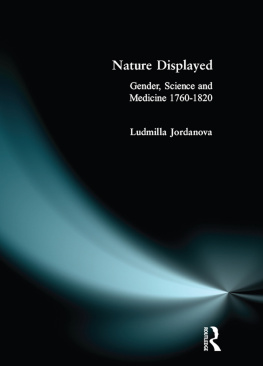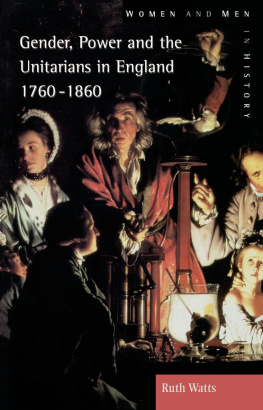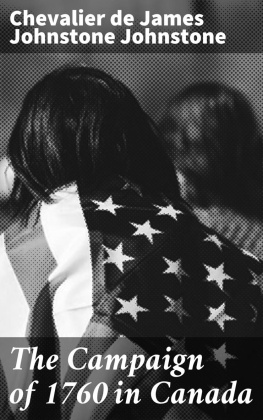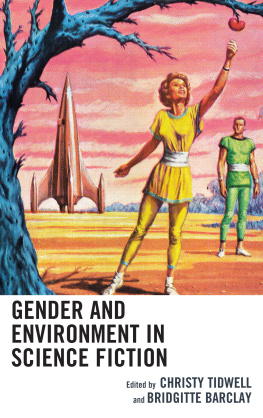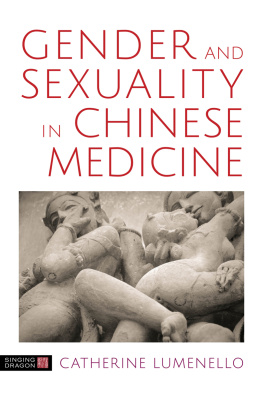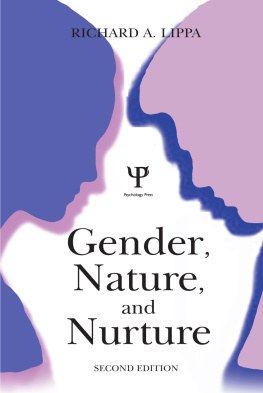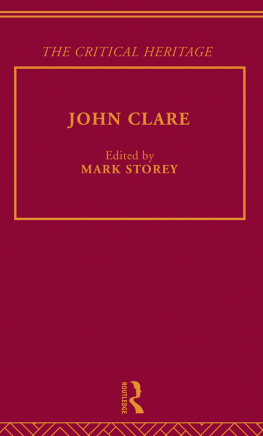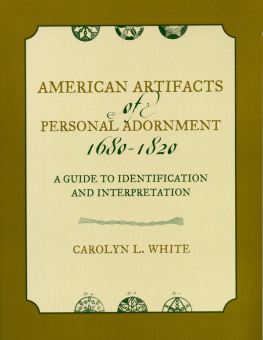NATURE DISPLAYED
NATURE DISPLAYED
Gender, Science and Medicine 17601820
Essays by
LUDMILLA JORDANOVA
First published 1999 by Addison Wesley Longman Limited
Published 2013 by Routledge
2 Park Square, Milton Park, Abingdon, Oxon OX14 4RN
711 Third Avenue, New York, NY 10017, USA
Routledge is an imprint of the Taylor & Francis Group, an informa business
Copyright 1999, Taylor & Francis.
The right of Ludmilla Jordanova to be identified as author of this Work has been asserted by her in accordance with the Copyright, Designs and Patents Act 1988.
All rights reserved. No part of this book may be reprinted or reproduced or utilised in any form or by any electronic, mechanical, or other means, now known or hereafter invented, including photocopying and recording, or in any information storage or retrieval system, without permission in writing from the publishers.
Notices
Knowledge and best practice in this field are constantly changing. As new research and experience broaden our understanding, changes in research methods, professional practices, or medical treatment may become necessary.
Practitioners and researchers must always rely on their own experience and knowledge in evaluating and using any information, methods, compounds, or experiments described herein. In using such information or methods they should be mindful of their own safety and the safety of others, including parties for whom they have a professional responsibility.
To the fullest extent of the law, neither the Publisher nor the authors, contributors, or editors, assume any liability for any injury and/or damage to persons or property as a matter of products liability, negligence or otherwise, or from any use or operation of any methods, products, instructions, or ideas contained in the material herein.
ISBN 13: 978-0-582-30189-4 (pbk)
British Library Cataloguing in Publication Data
A catalogue record for this book is available from the British Library
Library of Congress Cataloging-in-Publication Data
A catalogue record for this book is available from the Library of Congress
Set by 35 in 11/12pt Garamond
Contents
Nine of the twelve chapters in this book were published previously between 1981 and 1994; full details are given in the consolidated bibliography. I have made some changes to them and standardised the style of the footnotes, which have been made as economical as possible. The supporting material has been updated. In some cases the illustrations differ from those in the original versions. I have eliminated acknowledgements from the published pieces, but wish to renew my thanks to all those who helped with their preparation. I am most appreciative of both the individuals and the institutions who contributed to the previously unpublished essays by commenting on them and by inviting me to speak. I have left the final chapter, the inaugural lecture I gave at the University of York in December 1994, virtually unchanged since this was written for a special occasion and I wanted to retain its original flavour. The index is as full as possible in order to help readers locate the first reference to an individual, institution or idea. I hope that the essays can be read either as self-contained elements or as a connected series since there are many recurrent motifs.
Permission to reprint has been sought for all the previously published essays. I am grateful to those who responded so promptly and gave their permission and apologise to anyone with an interest who was inadvertently omitted they are invited to contact the publisher. I would like to take this opportunity of acknowledging the support of the Wellcome Trust for much of the research upon which the following chapters are based.
For their help and encouragement in preparing this book, I am particularly grateful to: Malcolm Baker, Cathy Crawford, Patricia Fara, Christopher Grtner, Sue Grace, Kristine Haugen, Clare Haynes, Roger Lonsdale, Andy Nolan, Andy and Jila Peacock, Steve Petford, Roy Porter, Richard Serjeantson, Pamela Sharpe, the administrative and support staff of World Art Studies, University of East Anglia, the staff of the Wellcome Institute Library and of the Wellcome Photographic Department and the staff of the British Museum Print Room. Hilary Shaw of Longmans has been exemplary in her patience and support. I owe a great deal to the following much-loved friends: Joyce Appleby, Cathy Crawford, Ann Dally and Philip Egerton, Leonore Davidoff, Andy and Jila Peacock, Mareia Pointon and Marilyn Strathern. I give special thanks to Christopher Grtner, Clare Haynes, and Lynda and John Williams for the help and friendship they have offered during the final stages of preparing this text.
Norwich, April 1998
The publishers would like to thank the following for permission to reproduce the following textual and illustrative material:
: Natures Powers: a Reading of the Distinction between Creation and Production first published (as Nature Powers: A Reading of Lanarcks Distinction between Creation and Production) in History, Humanity and Evolution, edited by J.R. Moore, Cambridge University Press, 1990;
: Melancholy Reflection: Constructing an Identity for Unveilers of Nature first published in Frankenstein, Creation and Monstrosity, edited by S. Bann, Reaktion Books, 1994;
: The Authoritarian Response, first published in The Enlightenment and its Shadows, edited by P. Hulme and L. Jordanova, Routledge, 1990;
: The Popularisation of Medicine: Tissot on Onanism, first published in Textual Practice, vol. 1, no. 1, Routledge, 1987;
: Medical Meditations: Mind, Body and the Guillotine, first published in History Workshop (28);
: Guarding the Body Politic: Volneys Law of Nature, first published (as Guarding the Body Politic: Volneys Catechism of 1973) in Reading Writing Revolution, edited by F. Barker et al., University of Essex, 1982;
: Policing Public Health in France 17801815 first published in Public Health, edited by T. Ogawa, Saikon, 1981;
: Naturalising the Family: Literature and the Bio-Medical Sciences in the Late Eighteenth Century, first published in Languages of Nature: Critical Essays on Science and Literature, edited by L. Jordanova, Free Association Books and Rutgers University Press, 1986;
: Gender, Generation and Science: William Hunters Obstetric Atlas first published in William Hunter and the Eighteenth-Century Medical World, edited by W.F. Bynum and R. Porter, Cambridge University Press, 1985.
The British Museum for .
.
.
.
.
.
.
.
.
.
.
.
.
.
.
.
.
.
.
.
.
.
.
.
.
.
.
.
.
.
.
For Sonya Alix and Zara Rose, beloved daughters
In his seminal book Imagined Communities, Benedict Anderson analysed the cultural preconditions for a modular notion of nationhood: a type of nationhood came into being, composed of certain elements, and the resulting ensemble was adapted to suit other historical and geographical settings. Central to the pattern he identified were ways of imagining not just the nation itself but the relations between its members. He set out the social, cultural and economic mechanisms underlying the main means by which citizens who generally lacked direct personal contact with one another could, nonetheless, imagine themselves as part of a shared enterprise. Nation was an abstract term given life in the minds and behaviour of ordinary people. His account implies that much of the work of creating and sustaining a sense of nationhood goes on in the head, and he stressed that such mental effort takes place in specific historical contexts and that it has particular, material preconditions. In other words,


